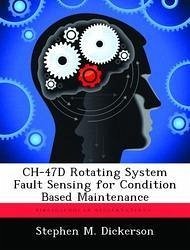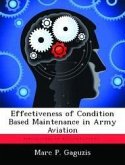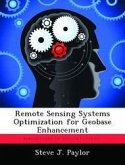The Department of Defense (DoD) has mandated the use of maintenance practices based on component condition rather than component time in service or age. This new practice is known as Condition Based Maintenance, and it relies on accurate detection and identification of material deficiencies in system components. Rotor system components in rotary-wing aircraft can be difficult to monitor due to the rotational environment experienced by the sensors and the difficulty of signal transmission. Current methods are able to detect the existence of a fault in the rotor system but cannot link the vibrations experienced in the airframe to a specific material defect. This results in inefficient maintenance practices associated with identifying the faulty components for repair or replacement. This research seeks to create a model which will enable the identification of component deficiencies in the rotating system from vibration characteristics experienced in the fuselage, in order to increase maintenance efficiencies leading to cost savings and increased operational readiness for in-service CH-47D aircraft.
Hinweis: Dieser Artikel kann nur an eine deutsche Lieferadresse ausgeliefert werden.
Hinweis: Dieser Artikel kann nur an eine deutsche Lieferadresse ausgeliefert werden.








